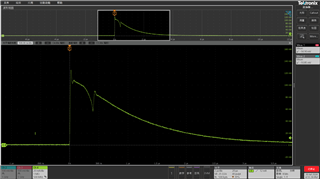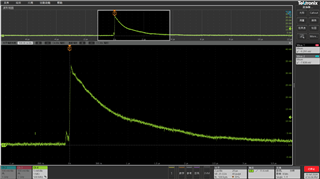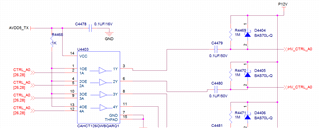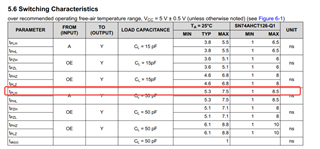Tool/software:
Hi teams:
When using the device SN74AHCT126-Q1, there will be a current of 120mA with a pulse width of 1uS when it is powered on. Then when it is working normally, there will be 10 times in 1S with 35mA & pulse width of 1uS. What is the impact on the life of the product?


best wishes!



